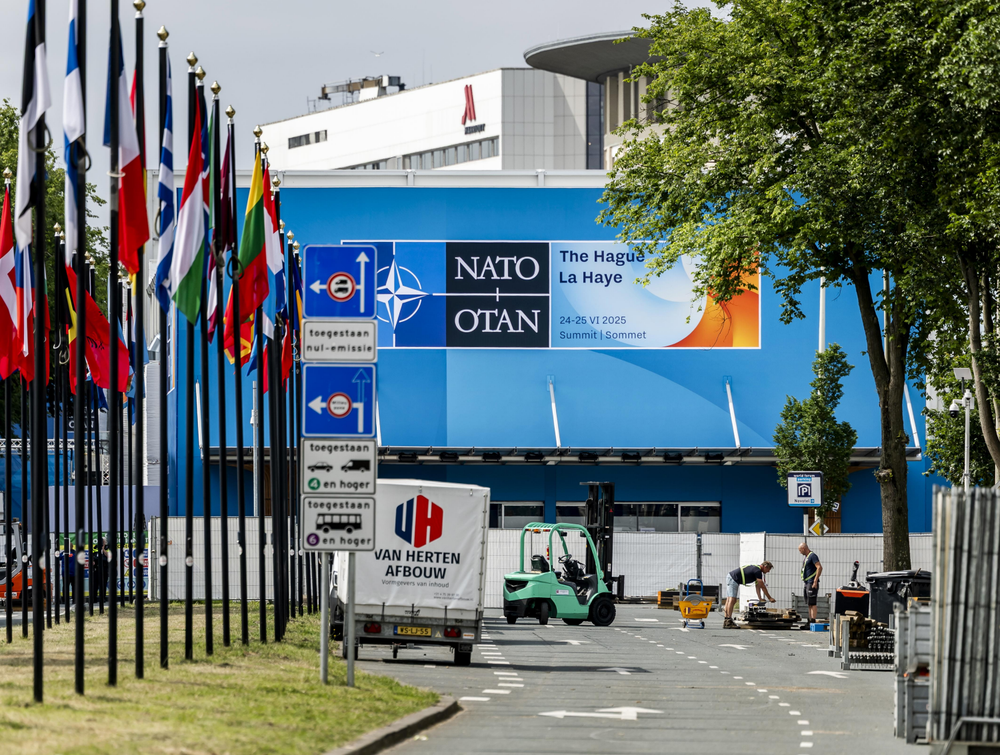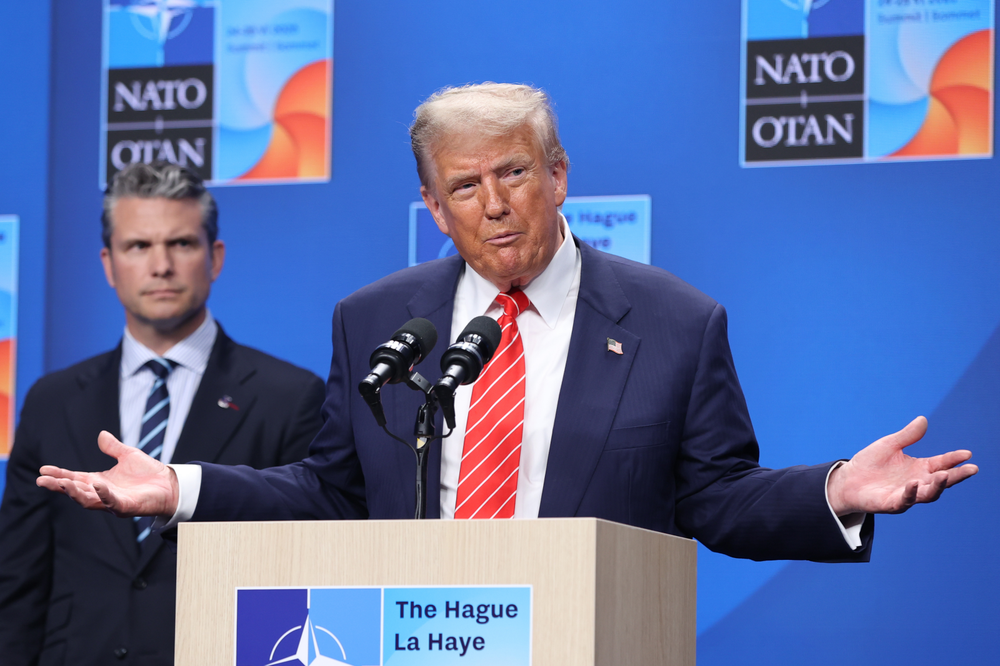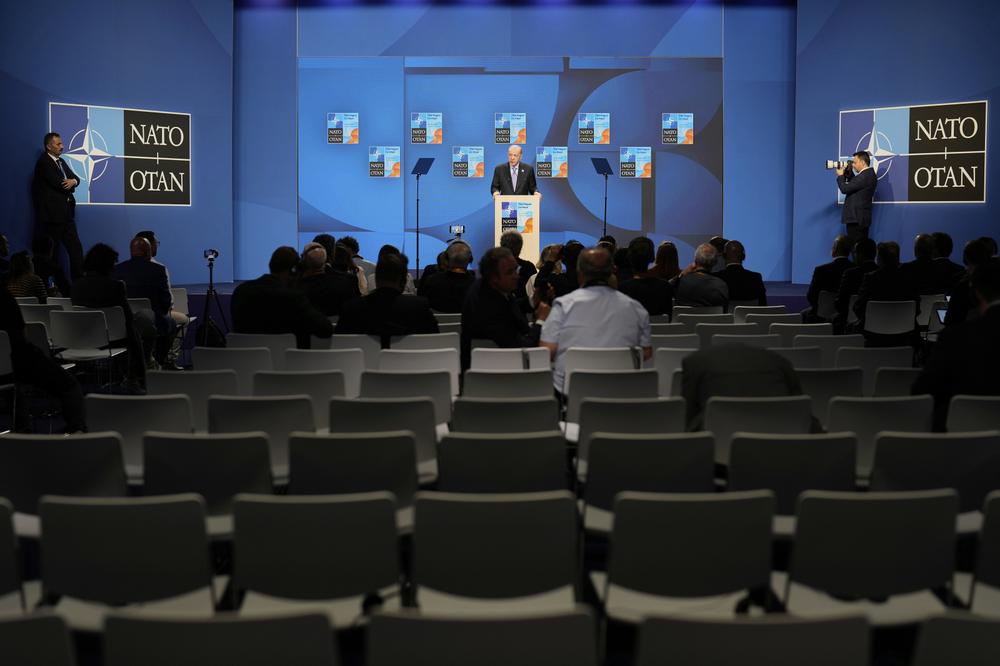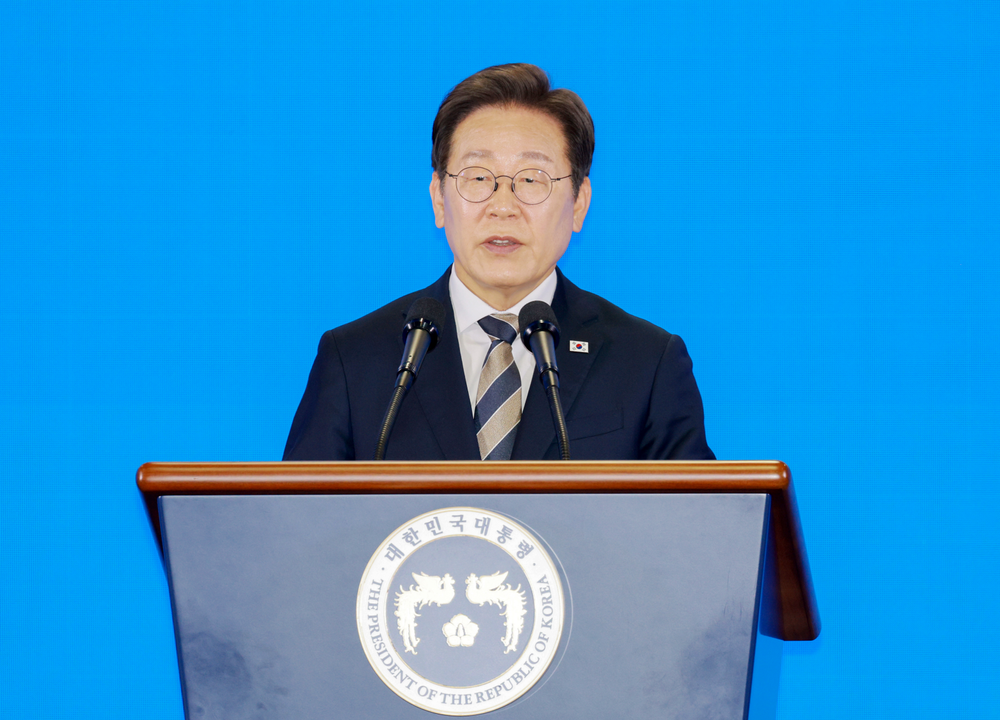
- The IP4 invitation is not simply a reflection of shared values—it is a strategic experiment in institutional adaptation, signaling the Alliance’s willingness to rethink its identity and role in response to evolving threats and complex geopolitical dynamics.
- The invitation to the 2025 Summit is therefore less an indication of full-spectrum ideological alignment and more an expression of converging anxieties—especially regarding cyber vulnerabilities, maritime disruptions, and authoritarian influence operations.
- The 2025 NATO Summit is less a conclusion and more a beginning of the next phase in the Alliance’s adaptation to a changing global security landscape.
The NATO Summit scheduled for 24–25 June 2025 in The Hague marks a critical moment in the Alliance’s gradual evolution from a Euro-Atlantic defense pact into a bulge of wider strategic coordination among liberal democracies. The repeated invitation extended to the so-called Indo-Pacific Four (IP4)—Australia, Japan, South Korea, and New Zealand—cannot be reduced to mere symbolism or ad hoc diplomacy. Rather, it manifests a complex political signal: NATO is actively positioning itself as an architect of a post-regional, normatively anchored security order, within which geographically dispersed but ideologically aligned partners can jointly respond to multidimensional threats.
The 2025 Summit thus demands analytical scrutiny not only as a continuation of an emergent pattern but also as an articulation of deeper trends in the international system: the erosion of regionalism as an organizing principle of security alliances, the tactical framing of alliances as levers in international contention, and the contested legitimacy of liberal order-building efforts in a multipolar world. The IP4 invitation is not simply a reflection of shared values—it is a strategic experiment in institutional adaptation, signaling the Alliance’s willingness to rethink its identity and role in response to evolving threats and complex geopolitical dynamics.
Beyond Geography: NATO’s Indo-Pacific Engagement as Strategic Recalibration
NATO’s outreach to the Indo-Pacific should not be interpreted through the narrow lens of geographical expansion. The Alliance does not aim to establish a military footprint in the region. Instead, it is engaging in what might be termed “normative projection”—a deliberate effort to extend the perimeter of its political influence by binding together democracies facing parallel challenges posed by authoritarian actors, particularly China and Russia. The underlying logic is that systemic rivalry is no longer regionally bounded, and therefore neither should be the mechanisms of strategic coordination. The IP4 invitation thus demonstrates NATO’s effort to maintain its strategic relevance in a rapidly evolving security environment. By integrating these partners into its consultative and operational structures, NATO is implicitly recognizing that strategic stability in the Euro-Atlantic cannot be delinked from developments in the Indo-Pacific. Crucially, this is not merely a functional adjustment; it represents a fundamental shift in how the Alliance defines its perimeter of interest and legitimacy. The invitation suggests a reconceptualization of security interdependence as structurally transregional.
The IP4 countries occupy a unique space in NATO’s evolving strategic imaginary. They are neither treaty allies nor neutral observers. Their inclusion in the 2025 Summit must be interpreted as both a gesture of recognition and an act of instrumentalization. On one hand, these states are seen as important partners in achieving strategic goals—actors whose regional expertise, technological capabilities, and geopolitical stakes can enhance NATO’s awareness and adaptive capacity. On the other hand, their presence also serves as a communicative device to signal NATO’s strategic determination and normative cohesion in the face of challenges posed by China’s global assertiveness.
This dual function gives rise to inherent tensions. While the IP4 may benefit from enhanced access to NATO’s information-sharing and coordination platforms, their role remains ambiguous. They are being drawn into an institutional ecosystem whose foundational principle—collective defense—does not apply to them. This asymmetry introduces a strategic ambiguity that may ultimately limit the transformative potential of their engagement. The question remains: are the IP4 co-architects of a new strategic order, or are they auxiliary partners enlisted to bolster NATO’s global signaling capacity?
The repeated invitation to the IP4 must also be viewed in light of the broader debate surrounding the future of liberal internationalism. Are we witnessing the emergence of a new collective security community grounded in ideological affinity, or a more tactical convergence of interests among states facing analogous pressures? The answer is likely both.
While NATO and the IP4 share a discursive commitment to rules-based order, human rights, and multilateral governance, their respective foreign policies and regional security priorities often diverge. For example, South Korea’s strategic ambivalence toward U.S.-China rivalry, New Zealand’s reticence in adopting overtly anti-China rhetoric, and Japan’s increasing emphasis on autonomous defense capacities suggest that the IP4 do not constitute a cohesive bloc. Instead, their cooperation with NATO depends on specific circumstances and domestic political limits. The invitation to the 2025 Summit is therefore less an indication of full-spectrum ideological alignment and more an expression of converging anxieties—especially regarding cyber vulnerabilities, maritime disruptions, and authoritarian influence operations.
Implications and uncertainties
This evolving partnership has profound implications for NATO itself. The Alliance is trying out a twofold approach: maintaining its core commitment to collective defense, as stated in Article 5, while gradually creating flexible partnerships that allow it to extend its influence beyond its usual area. This duality, however, raises fundamental questions about coherence and strategic focus. Can NATO pursue deeper partnerships with Indo-Pacific democracies without weakening its core commitments in Europe? To what extent can it accommodate the IP4 within its operational planning and threat assessments without risking overextension or internal dissent?
Moreover, the invitation to the IP4 comes at a moment of intra-Alliance turbulence. Divergences over defense spending, the future of transatlantic relations, and the handling of Russia’s ongoing aggression in Ukraine have strained NATO’s unity. In this context, the outreach to the Indo-Pacific may serve a dual purpose: projecting cohesion outward while deflecting attention from internal discord. The IP4 thus become part of NATO’s strategy of strategic performativity, where inclusion operates both as a practical tool of coordination and a symbolic act of reaffirming Western unity.
Unsurprisingly, China has reacted negatively to NATO’s Indo-Pacific overtures, portraying them as attempts to militarize the region and extend “bloc politics” into Asia. While the IP4 and NATO have framed their cooperation as defensive and norm-driven, the risk of securitizing regional diplomacy remains. IP4 participation in the Hague Summit may be perceived in Beijing not simply as symbolic alignment but as de facto coalition-building. This perception, whether accurate or not, could accelerate regional polarization and complicate the foreign policy calculus of IP4 states, particularly those that seek to avoid entrapment in great power rivalries.
This raises a fundamental dilemma: how can NATO and the IP4 institutionalize their cooperation without provoking the very insecurity they seek to mitigate? The answer lies in managing perceptions as much as capabilities—emphasizing resilience, transparency, and dialogue alongside deterrence. The Hague Summit must therefore be seen as not only a forum for policy coordination but also a stage for strategic signaling aimed at multiple audiences.
Conclusion: The Hague as Prelude, Not Climax
The 2025 NATO Summit is less a conclusion and more a beginning of the next phase in the Alliance’s adaptation to a changing global security landscape. The invitation extended to the IP4 marks a turning point in the Alliance’s approach: it forces NATO to confront questions about its identity, purpose, and global role in ways that go beyond institutional self-preservation. What is at stake is not merely the inclusion of four Indo-Pacific democracies but the redefinition of NATO’s function as a key strategic coordinator in a world increasingly shaped by hybrid threats, contested norms, and spatially diffuse challenges. Whether this emerging partnership can mature into a coherent strategic community will depend not on declarations or summits alone, but on the ability of NATO and the IP4 to translate shared concerns into joint capacity. In this regard, the Hague Summit is both a test and a signal—of ambition, of uncertainty, and of the long and uneven process through which alliances reinvent themselves in times of structural change.
Antonio Fiori is Associate Professor of History and Institutions of Asia in the Department of Political and Social Sciences at the University of Bologna (Italy) and President of the Asia Institute. He is also Adjunct Professor at Korea University in Seoul and UPES in Dehradun (India). He has been a visiting scholar at the United International College (Zhuhai, PRC), East‑West Center (Honolulu, USA), and Kyujanggak Center for Korean Studies (Seoul National University, Korea). He has published widely in the fields of Inter‑Korean relations and North Korea’s domestic and international affairs. Among his publications, The Korean Paradox: Domestic Political Divide and Foreign Policy in South Korea (Routledge, 2019) and The Routledge Handbook of Europe‑Korea Relations (Routledge, 2022).


